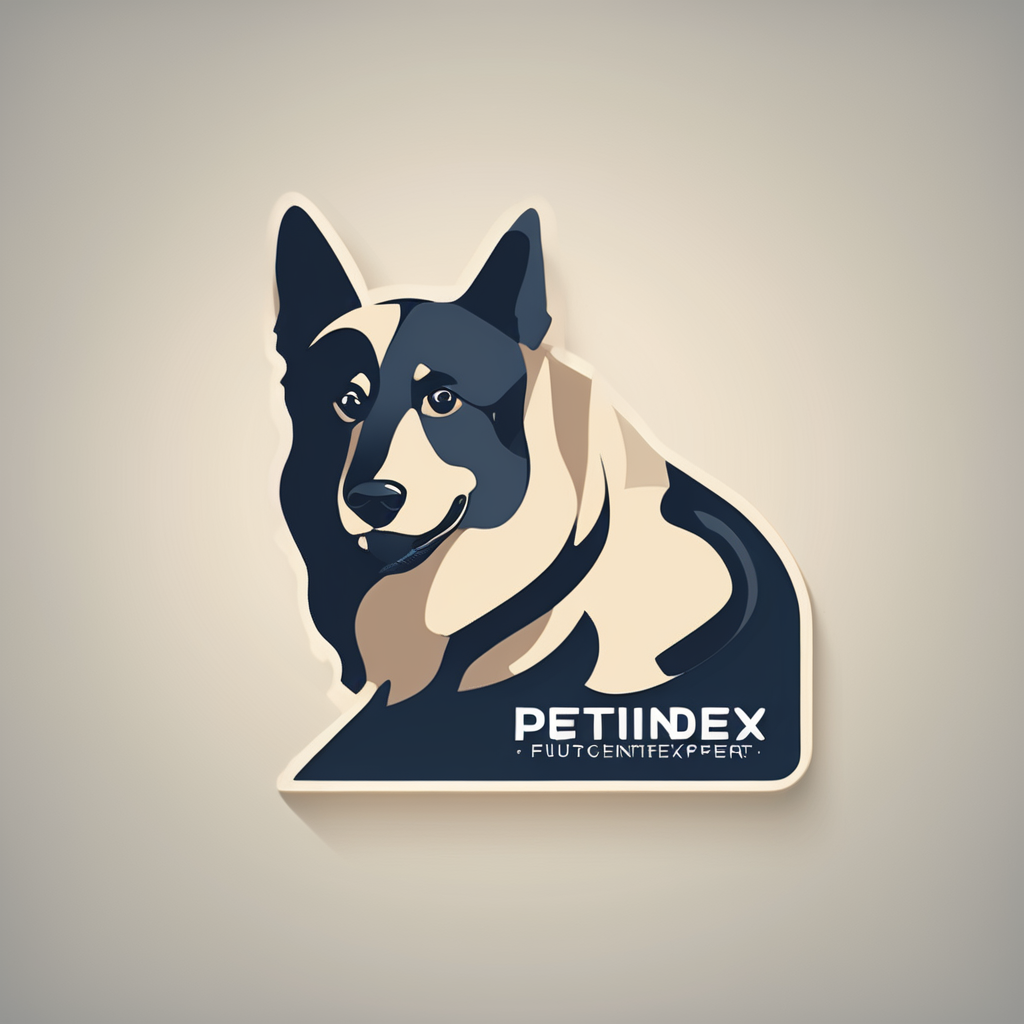Understanding Arthritis in Cats
Understanding the intricacies of cat arthritis symptoms is crucial for any responsible cat owner. Cats, unlike dogs, may not obviously show discomfort, making it important to observe subtle signs. These can include increased irritability, reluctance to jump or climb stairs, and changes in grooming habits due to feline joint pain.
A cat may also show reduced activity levels or stiffness, especially after resting. Recognising these symptoms early on is vital for timely arthritis diagnosis in cats. Arthritis can significantly impact a cat’s overall health and behaviour, often leading to decreased quality of life.
Have you seen this : Transform your cat”s behavior: proven techniques to encourage scratching posts instead of your furniture
The diagnostic methods used by veterinarians to confirm arthritis include physical examinations, observing a cat’s movement, and considering the owner’s observations of behaviour changes. X-rays and advanced imaging techniques like MRI or CT scans may also be employed to identify joint irregularities. Regular monitoring by a veterinarian helps in managing and adjusting treatment plans to aid the cat’s comfort and health.
By knowing these details, cat owners can improve their furry companions’ well-being through early detection and appropriate management strategies aimed at easing joint pain and maintaining mobility.
Also to discover : Ultimate guide to leash training your cat: proven techniques for perfect outdoor adventures
Effective Pain Management Techniques
Managing feline arthritis pain effectively requires a combination of approaches. Understanding the cat pain relief options is crucial to maintaining your cat’s comfort. Veterinary pain management often starts with prescription medications, such as non-steroidal anti-inflammatory drugs (NSAIDs), which help reduce inflammation and provide relief. However, these require close veterinary supervision due to potential side effects.
For those exploring non-drug alternatives, managing feline arthritis pain can include physical therapy. Techniques like gentle stretching exercises can significantly benefit your cat’s mobility and alleviate some discomfort. Additionally, acupuncture and cold laser therapy are emerging as promising treatments for reducing pain and boosting joint function.
Regular veterinary check-ups are essential for adjusting pain management strategies. They ensure that your cat receives the most effective treatment and that their overall health is monitored. Veterinarians can modify the approaches based on your cat’s response to treatments, ensuring ongoing comfort.
To empower your cat as much as possible, complementary therapies like massage or specific dietary changes can be considered. These enhance traditional treatments, offering a balanced approach to pain management that caters to your cat’s unique needs and improves their overall quality of life.
Nutritional Strategies for Arthritic Cats
Implementing an appropriate diet for cat arthritis can greatly alleviate symptoms and improve quality of life for your feline friend. Foods rich in omega-3 fatty acids are particularly beneficial in reducing inflammation and supporting joint health in cats. These fatty acids—commonly found in fish oils—are crucial components in many anti-inflammatory cat food options.
Supplementing your cat’s diet with glucosamine can also aid in maintaining cartilage health and enhancing joint lubrication. This can lead to increased mobility and less joint pain. Many commercial diets are now specially formulated with these supplements to cater to arthritic cats, making it easier for owners to incorporate them into daily feeding routines.
When considering changes to your cat’s diet, consult with a veterinarian to ensure the selected food aligns with your cat’s specific health needs. The veterinary professional can recommend commercial diets and supplements that are most beneficial for your cat’s condition. Consistent monitoring and adjustment of your cat’s dietary intake, alongside other treatments, play a significant role in managing arthritis effectively and enhancing your cat’s comfort and agility.
The Role of Exercise in Managing Arthritis
While it may seem counterintuitive, maintaining mobility through carefully planned exercise is crucial for cats with arthritis. Engaging in low-impact activities helps prevent stiffness and preserves joint function, allowing your feline friend to stay active without exacerbating feline joint pain.
Various exercises can be tailored to suit a cat’s needs. Encourage your cat to partake in short, gentle play sessions that stimulate movement without causing strain. Utilizing toys like feather wands or laser pointers can engage your cat in low-stress activities that promote exercise. Climbing structures or foam steps offer a soft way to maintain agility without the risks posed by tall furniture or unnecessary jumping.
Encouraging consistent movement is key. However, it’s essential to monitor their comfort levels and adjust activities accordingly to prevent pain flare-ups. Pay attention to your cat’s signals; hesitation or avoidance could indicate discomfort.
Guided, regular exercise, when aligned with their capability, not only benefits feline mobility improvement but also enhances your cat’s mood and overall quality of life. Combined with monitoring and flexibility, these efforts create a supportive environment in which your cat can thrive, even with arthritis.
Environmental Modifications for Comfort
Creating an arthritis-friendly environment is essential for enhancing feline comfort and mobility. Ensure that your home and cat home environment cater to your cat’s needs by making strategic adjustments that help reduce stress on their joints. Begin with litter boxes; selecting ones that are spacious and have low entry points allows easier access for arthritic cats. Elevated food and water dishes also support their comfort by minimising the need to bend down, aiding in pain reduction.
For resting areas, consider soft bedding in locations with easy access; this encourages your cat to rest without having to climb or jump excessively. Providing ramps or steps can assist your cat in reaching favourite spots on furniture, reducing pressure on joints from jumping. Additionally, maintain consistent temperatures to ensure warmth, as a warm environment can relieve stiffness associated with feline joint pain.
These modifications not only promote comfort but also enable your cat to retain some level of independence, which contributes positively to their mental well-being. A well-planned arthritis-friendly space can profoundly impact your cat’s quality of life, promoting peace of mind for owners and a more serene existence for their cherished feline companions.
Veterinary Support and Treatment Options
In managing feline arthritis, a comprehensive approach to veterinary care for cat arthritis is essential. Various feline arthritis treatments are available, with options ranging from medication to surgical interventions. Veterinarians might recommend surgical procedures in severe cases to alleviate joint pain and improve function. Surgery can be a significant decision, necessitating a thorough discussion between the veterinarian and cat owner to evaluate the benefits and risks involved.
Holistic and alternative therapies offer promising holistic approaches to cat arthritis. Treatments such as acupuncture and herbal remedies can complement conventional methods to enhance joint function and reduce pain. Acupuncture, in particular, has gained popularity for its potential to stimulate natural healing processes without the side effects associated with some pharmaceuticals.
Maintaining a cooperative veterinary relationship is crucial for effective long-term management of arthritis. This partnership ensures that treatment strategies are consistently reevaluated, aligning with changes in the cat’s condition. Regular consultations allow veterinarians to adapt and update care plans, ensuring that the most suitable and effective treatments are employed to enhance your cat’s quality of life. Building trust with your veterinarian lays the foundation for successful arthritis management.
Monitoring and Adjusting Care Plans
Effective cat arthritis management involves attentive monitoring and responsive adaptations to care strategies. Regularly tracking your cat’s health is crucial for understanding how they respond to various treatments and lifestyle changes. By observing their behaviour and noting any variations in mobility or mood, you can detect signs that might indicate the need to adjust their care plan.
Tracking cat health changes can involve keeping a simple journal documenting their activity levels, appetite, and any noticeable pain signals. This record aids in identifying patterns or triggers that could affect their condition.
When changes are noted, ongoing care evaluation with your veterinarian is essential to discuss possible alterations to the treatment regime. Flexibility in care plans is vital, as it allows for timely adjustments that foster your cat’s comfort and health.
Recognising when your cat’s condition might require revised strategies ensures that management remains effective. Watch for signs like increased irritability, reluctance to move, or behavioural shifts. By maintaining a proactive and adjustable approach, cat owners can significantly enhance their pet’s quality of life, adapting to evolving needs with confidence and care.











